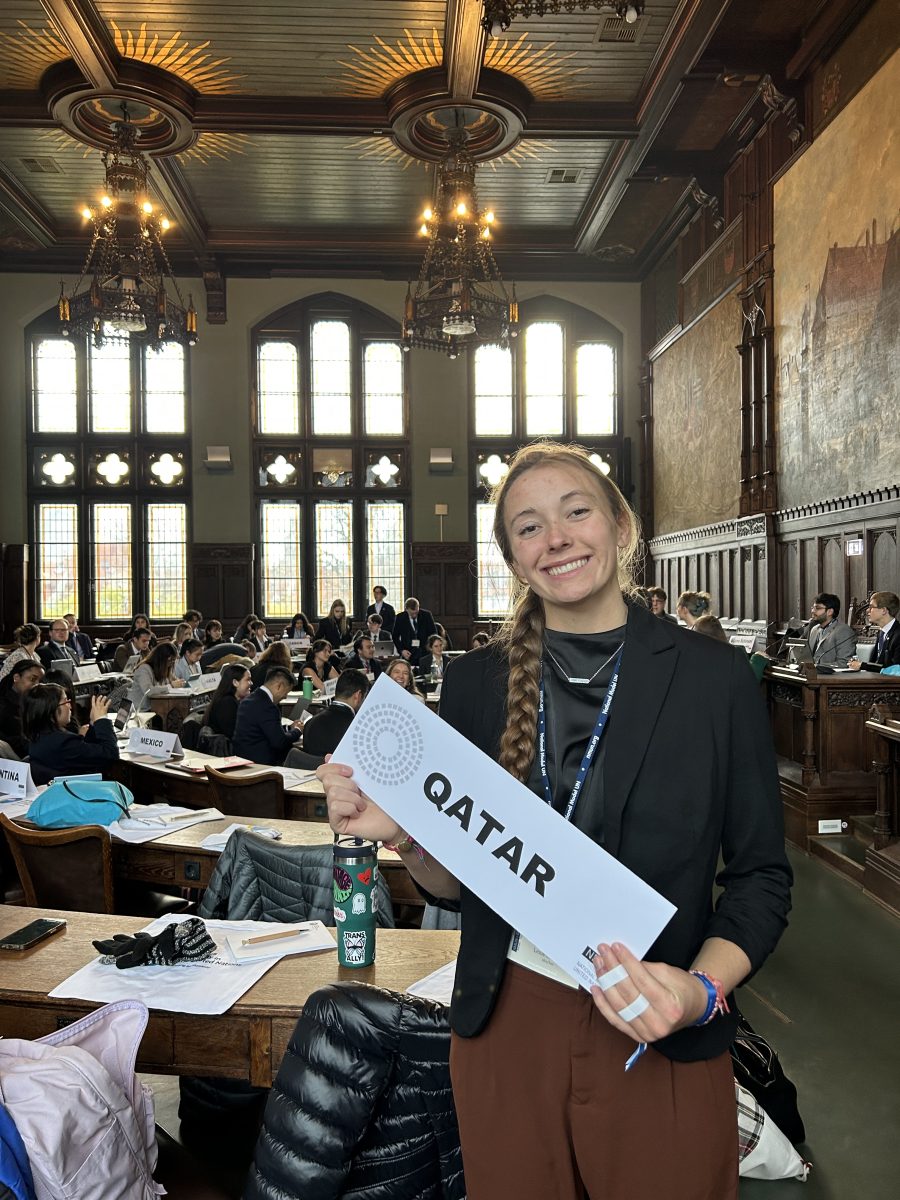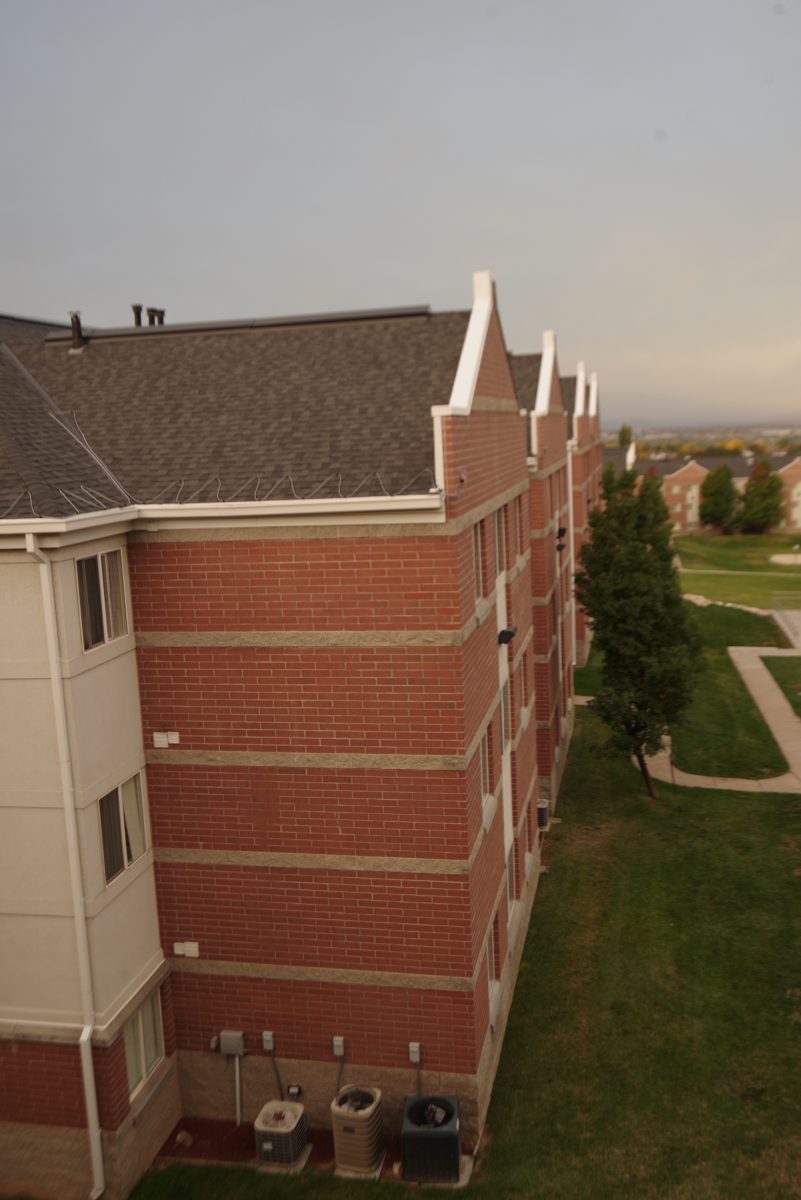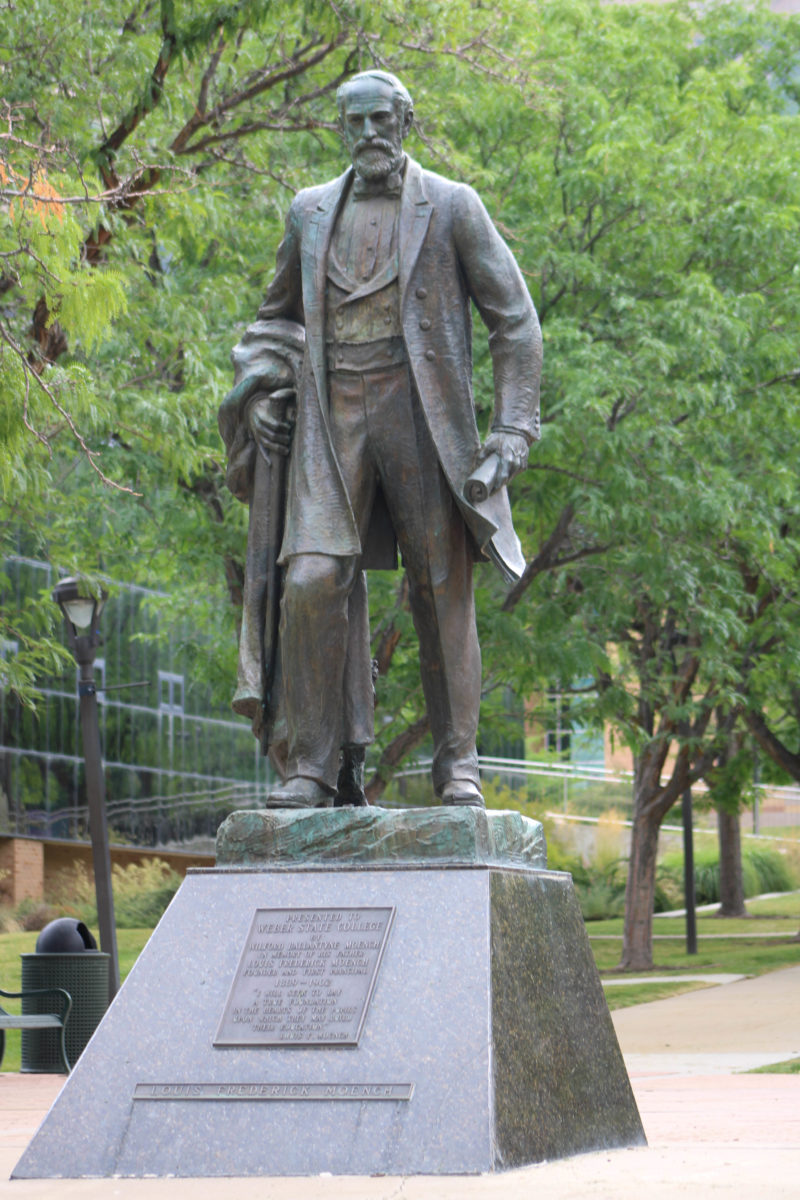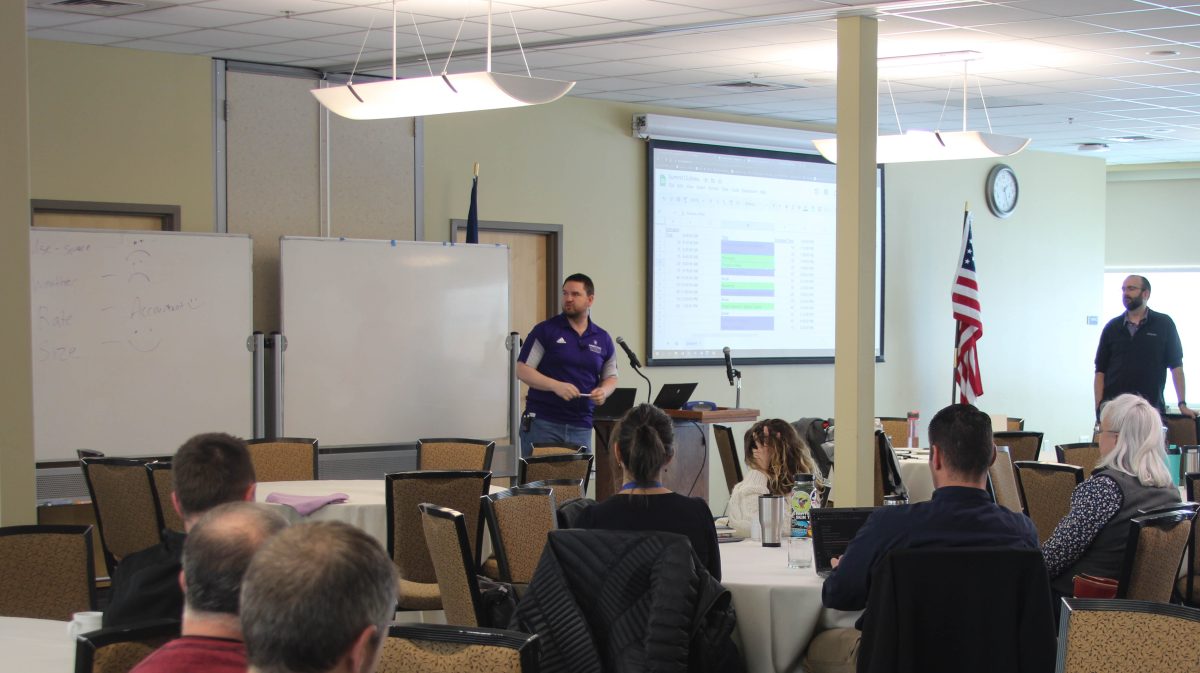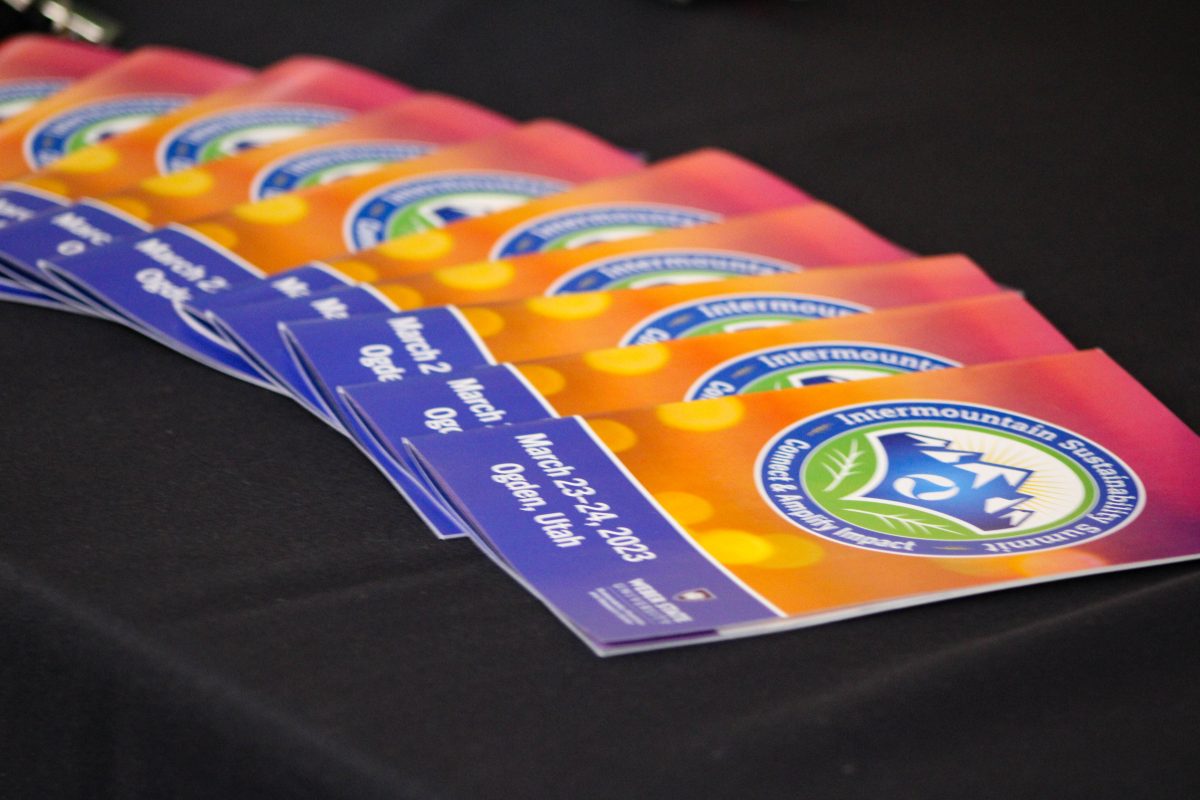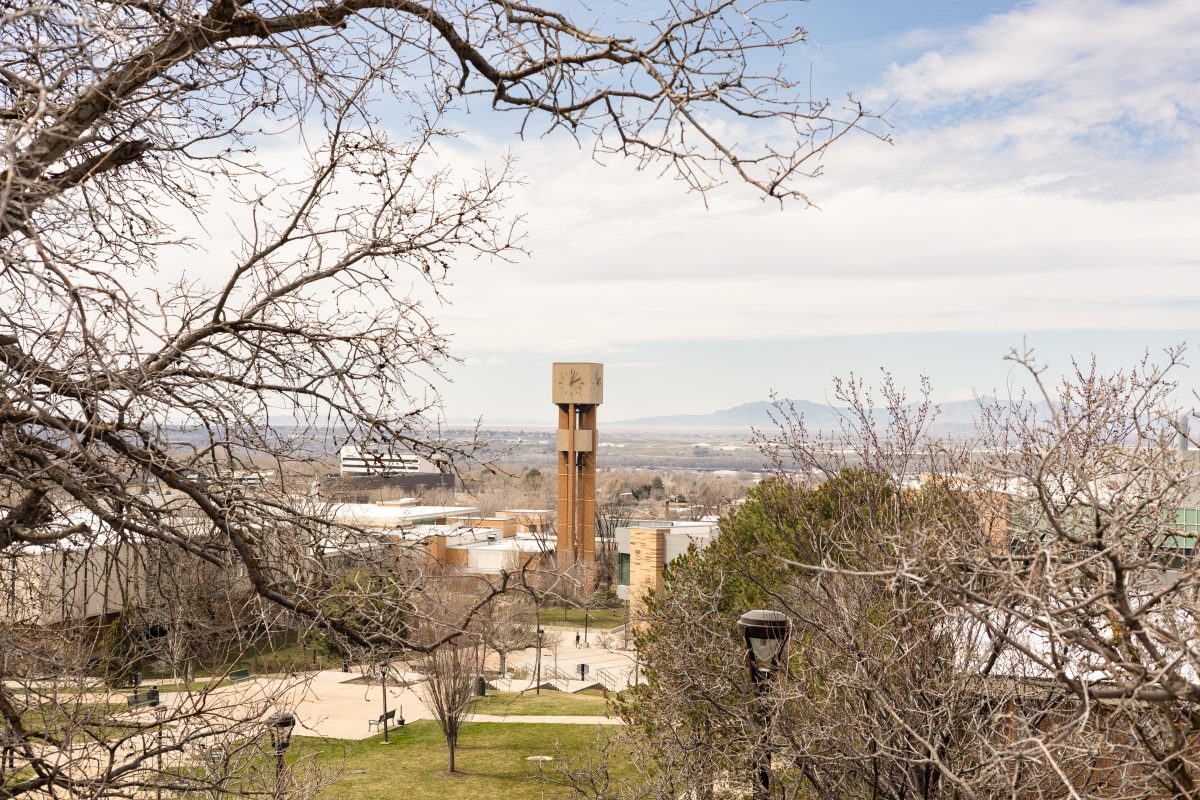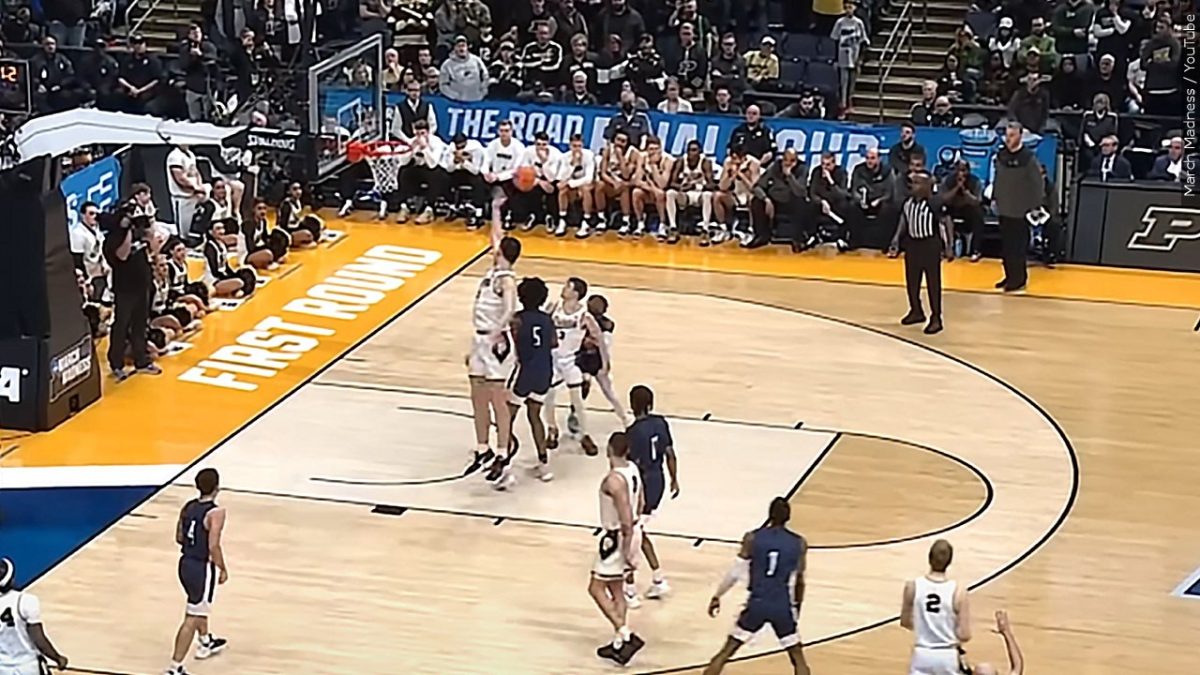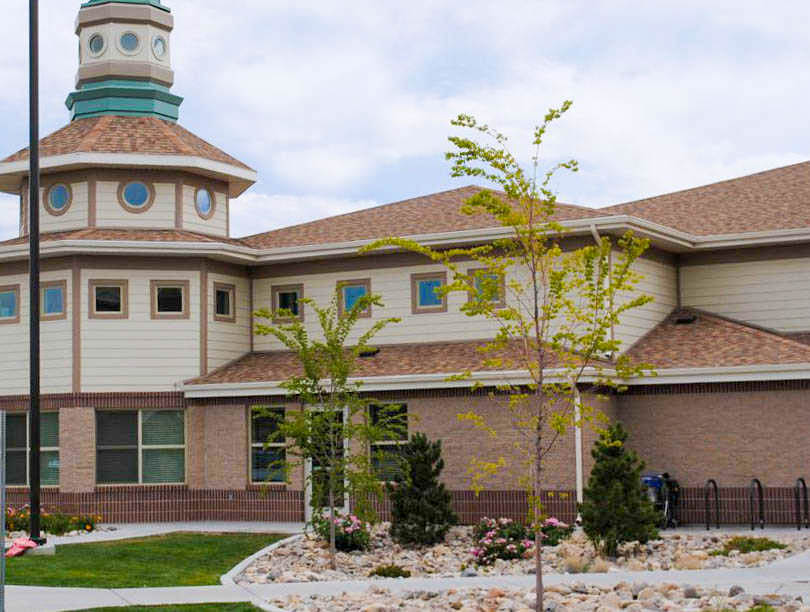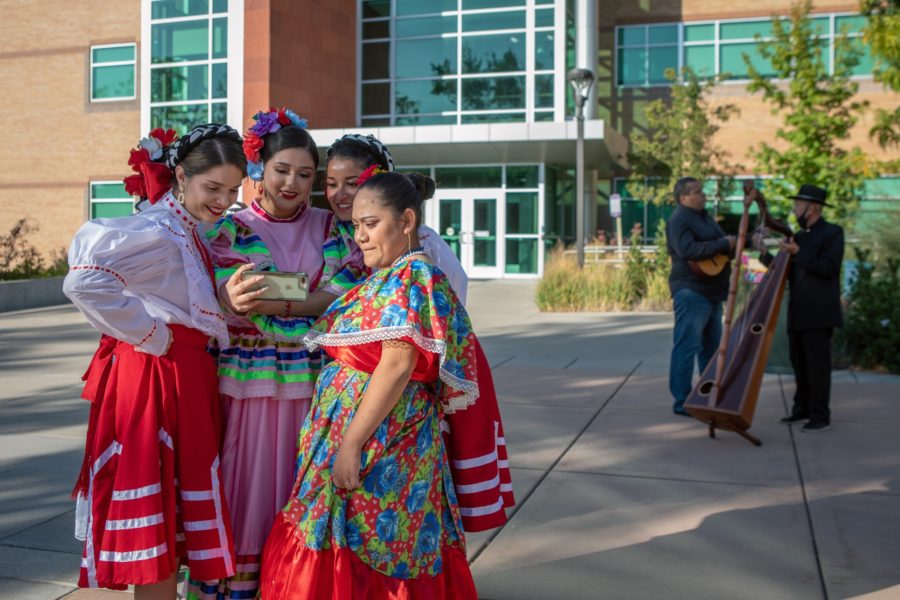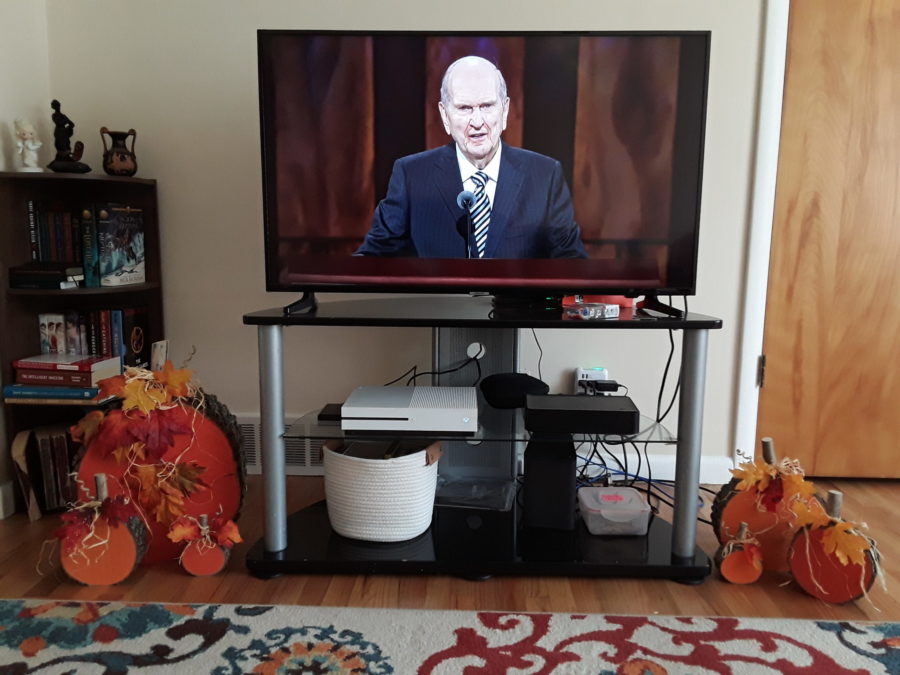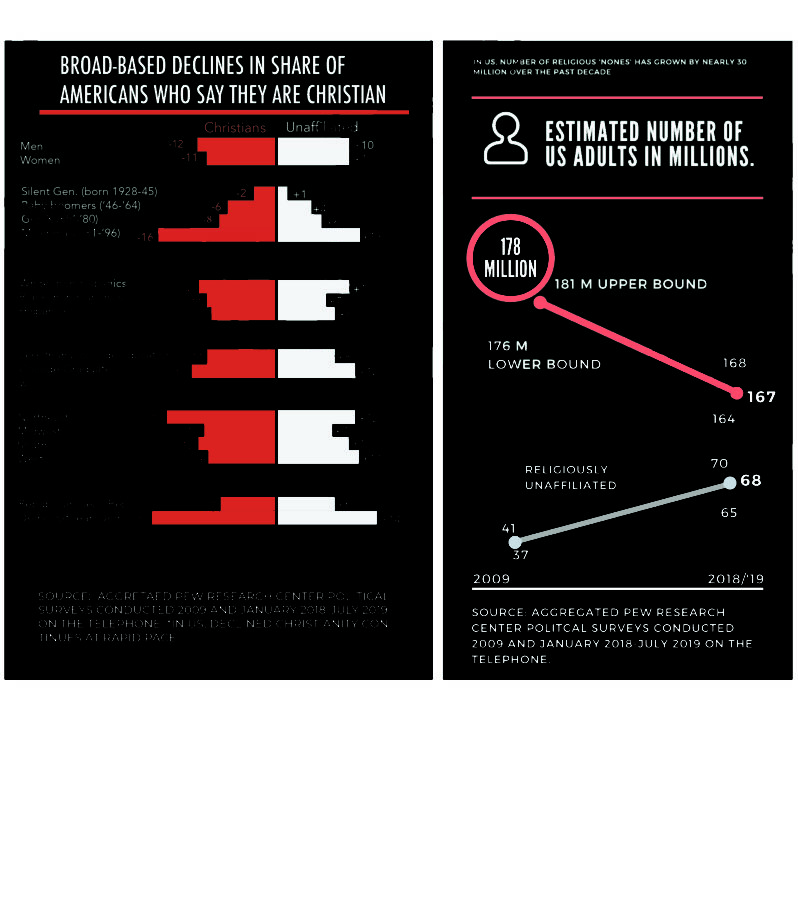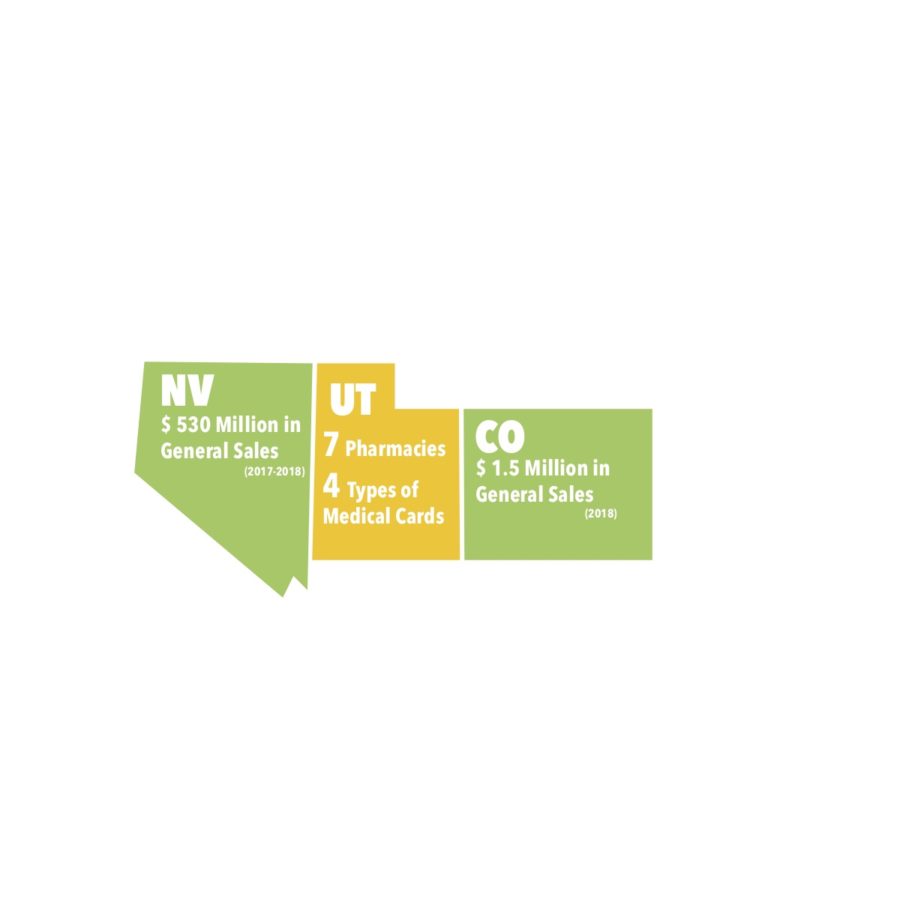Vance Pace was a staff member at The Signpost and a student at Weber College in the 1950s when the governor signed legislation returning Weber to the Church of Jesus Christ of Latter-day Saints. This is his account of Weber’s narrow escape from becoming a BYU-Weber type of institution. Pace is a former president of the Emeriti Alumni Council of the Weber State University Alumni Association. He and his wife Nancy were Homecoming Royalty in 2009.
Last August, alumni from Weber College gathered at the Dumke Hall on the campus to reminisce on their experiences on the old campus on 25th Street near downtown Ogden. The Alumni Association asked me to recount the time I spent there between 1953 and 1955. I spoke on the almost-successful attempt by then Gov. J. Bracken Lee to return Weber, Snow and Dixie colleges to the Church of Jesus Christ of Latter-day Saints.
My story came from my own and colleagues’ personal recollections and from Richard W. Sadler’s excellent publication, “Weber State College, A Centennial History,” published in 1998.
Sadler details in his history Gov. Lee’s recommendation to return the three junior colleges to the church and the defunding of Carbon College. A special session of legislature in December of 1953 passed it.
This met with great consternation at these colleges, but nowhere more than at Weber. William Miller had been appointed college president less than a year earlier, but he sprang into action to try and prevent this transfer. He met with senior church leaders, who assured him the proposal was not church-sponsored.
Perhaps the senior apostles with whom Miller met had not sponsored the legislation, but BYU President Ernest Wilkinson wanted these colleges as feeder schools to the Provo campus. There was also considerable local support on the part of prominent church leaders for Weber to become a church-sponsored college, as anecdotes detailed below demonstrate.
Educational and civic supporters of Weber College threw their support behind a referendum to overturn the legislation. Spearheaded by the Chamber of Commerce, meetings were organized throughout the state to drum up support for it. Voluntary contributions financed the effort to obtain 33,000 signatures to get it on the ballot. By February of 1954, over 57,000 signatures were presented to Secretary of State Toronto. The election was to be held Nov. 2, 1954.
Although President Miller was unalterably opposed to the transition, he told faculty and students to stick with the college. He met with Wilkinson in the office of President David O. McKay (a former superintendent of Weber Academy) to discuss contingency plans for the transfer.
Not all the residents of Weber County supported the petition. I was a student at the college at the time, and I spent some of my free time at the Institute of Religion, adjacent to the campus on 24th Street. Once, in a conversation with the Institute director, he pointed out to me the advantages of Weber being a part of the Church Educational System. Leland Monson, then a professor in the English department, would be able to teach religion classes at the new church school, he said. I wish I had had the presence of mind to ask what position the new school might give to Jennings Olsen. Dr. Olsen was an outspoken agnostic who often publicly criticized religion. I had taken a class from him as a freshman. He was the first adult in my life to challenge my faith. I have since come to appreciate that challenge, believing that unchallenged faith is not faith at all.
Another incident at the time was related to me by Thomas Alexander, who later became a highly respected history professor at BYU. At a meeting of adult males in the Ben Lomond Stake in the north part of the county, the stake president let it be known that the church indeed wanted Weber to be a religious college and admonished the brethren to vote against the referendum.
Most of the school activities in the 1954-55 school year were held at the new campus. On Nov. 2, the faculty and staff of the college met in Building 1 to listen to the results of the election on the radio. As these came in, the group celebrated the results. The citizenry of Utah rejected the earlier legislation to shift the junior colleges to the church by the overwhelming majority of 120,683 to 79,955. So it’s doubtful a majority of the men attending that priesthood meeting complied with the stake president’s request.
One can only speculate as to what Weber State University would look like today had it become part of the LDS Church’s higher education system. One thing, however, is certain: Wilkinson’s ambition for more church colleges was misplaced. With caps on enrollment at both its Provo and Rexburg campuses, the church’s problem became not how to increase, but how to limit enrollment. So I believe that, had the referendum failed and Weber College had gone back to the church, it soon would have been begging the state to take it back, or closing it and the other junior colleges altogether, as it is doing presently with church schools around the world.
Failing that, Weber College would have become a pale imitation of BYU-Idaho, presided over by a general authority with a student body and faculty lacking in ethnic diversity and almost exclusively LDS. It would not have reflected the population of northern Utah which it primarily serves. And there would have been no President Ann Millner nor Chuck Wight.
Utah can be thankful the 1954 referendum passed.



